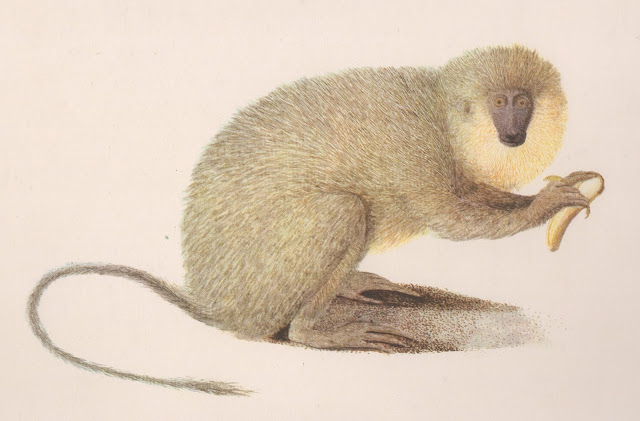An early register of Brazilian biodiversity
Regarding research methods, I literally considered all kinds of historical records in which I was able to identify “the animal as subject” in the Brazilian colonial context. No matter what the approach, I just simply sought evidence of their presence, and from there proceeded to organize the narratives I encountered. In this sense, the subjects of my chapter were not outlined 'a priori' but were the result of prevailing contexts of human-animal interactions. As my research progressed, I found particular authors who had made the most decisive contributions, highlighting some distinctive attitudes of a period.
This was the case of the Portuguese settler, Gabriel Soares de Souza, author of an early assessment of Brazilian natural resources, published in Portugal in 1587. His work covered the Brazilian coastal region, from the Amazon river, in the north, to the Prata River, in the south (see the map), an area of some 8,5 thousand of kilometers. His treatise also provided description of woodlands and spoke of the geography of rivers and mountains, plants, as well as the habits and behavior of native villages.
With regard to native animals, he not only described and named species, but also spoke of the flavour of meats and cooking methods, offering the first European testimony on the extensive Amerindian knowledge of nature and its creatures. Amerindian designations for native animals, all unknown to European eyes, are used by the Brazilian people until today in everyday reference to species such as the cotia, paca, jacaré, jararaca, surucucu and tatu. All these names have their origin in the native Tupi branch language.
Around 300 species of mammals, fishes, birds, reptiles and amphibians, as well as some invertebrates, were described by Soares de Souza. In 2018, the most recent edition of the Red Book of Brazilian Fauna in Risk of Extinction (ICMBio) informs of the existence of 8.922 species and sub-species of vertebrates: 732 mammals, 1.979 birds, 732 reptiles, 973 amphibian e 4.506 fish, yet disregards invertebrates. The numbers of species have been increasing over the years as a result of developments in research, ensuring the survival of an invaluable Brazilian natural heritage.
Despite these numbers, contributions to the historical record of Brazilian fauna are just beginning to emerge as an essential field of study that is able to cast light on the local and regional dimensions of human-animal entanglements and the collective perceptions which permit the pursuit of challenges for the protection of biodiversity. In this regard, sharing interdisciplinary approaches to contemporary scientific knowledge represents a decisive step toward consolidating hybrid narratives and correlating ‘established’ scientific discourse about nature throughout diverse fields of study – and thereby compensating existing lacunae in the Social Sciences regarding the history of interactions between Brazilian society and its rich biodiversity.



Comments
Post a Comment